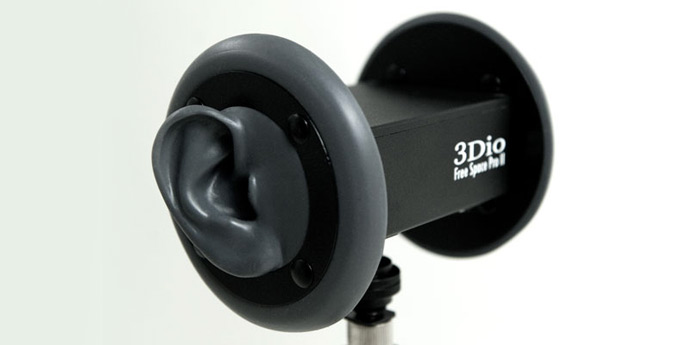Dynamic Drawing
Sean McGadden
sketch
//Sean McGadden
//Section C @ 1:30
//smcgadde@andrew.cmu.edu
//Project-03-Dyanmic Drawing
function setup() {
createCanvas(640, 480);
}
function draw() {
background(0);
noStroke();
//Size and Position Variable
var blackDot = 300;
if (mouseX > 320) {
blackDot = (320 - (mouseX - 320));
}
if (mouseX < 320) {
blackDot = ((320 - mouseX) + 320);
}
//Orange Rectangles
//Color Change
if (mouseX < 340) {
fill(129, 224, 20)
rect(blackDot, mouseX, mouseY, mouseX);
rect(blackDot, 100, mouseY, mouseX);
rect(blackDot, 200, mouseX, mouseX);
rect(blackDot, 300, mouseY, mouseX);
rect(blackDot, 400, mouseX, mouseY);
rect(blackDot, 150, mouseY, mouseY);
}
//Color Change
if (mouseX > 340) {
fill(229, 79, 20);
rect(blackDot, 250, 100, 100);
rect(blackDot, 350, 250, 350);
rect(blackDot, 350, blackDot, blackDot);
rect(blackDot, 350, mouseX, blackDot);
rect(blackDot, 350, mouseY, blackDot);
rect(blackDot, 350, blackDot, mouseX);
}
//Blue Rectangles
fill(66, 134, 244);
rect(mouseX, 240, blackDot, mouseY);
rect(mouseX, blackDot, blackDot, mouseY);
rect(mouseY, blackDot, blackDot, mouseX);
//White Rectangles
fill(255)
rect(blackDot, 60, blackDot, mouseY);
rect(mouseX, blackDot, blackDot, mouseY);
rect(mouseY, 400, blackDot, blackDot);
// White Ellipses
fill(255);
ellipse(mouseX, 100, 20, mouseX);
ellipse(mouseX, 100, 20, mouseX);
ellipse(mouseX, 100, 20, mouseX);
//Orange Ellipses
//Color Change
if (mouseY < 250) {
fill(129, 224, 20)
ellipse(blackDot, mouseY, 30, mouseY);
ellipse(mouseY, mouseY, mouseX, 100);
}
if (mouseY > 250) {
fill(229, 79, 20)
ellipse(blackDot, mouseY, 30, blackDot);
ellipse(mouseX, mouseY, 20, 20);
ellipse(blackDot, mouseY, 30, 30);
ellipse(blackDot, mouseX, 100, 100)
}
//Blue Ellipses
fill(66, 134, 244)
ellipse(blackDot, mouseX, 50, 50);
ellipse((mouseX + 50), 300, mouseY, 20);
ellipse(mouseY, blackDot, 40, 40);
}
This project was interesting to play with shapes and colors. There are many ways that mouse tracking can ultimately lend itself to input changes. I think I would’ve liked to have had slightly more control over the movement of the shapes, I think perhaps more diagonal or rotational movements would’ve been nice. This project is built from assignment 2A and as I layered more changes I seemed to have lost track of some of these changes and I believe there is some redundancy from the layering. Overall, I learned more processes of javascript which is the goal.

![[OLD FALL 2018] 15-104 • Introduction to Computing for Creative Practice](../../../../wp-content/uploads/2020/08/stop-banner.png)

